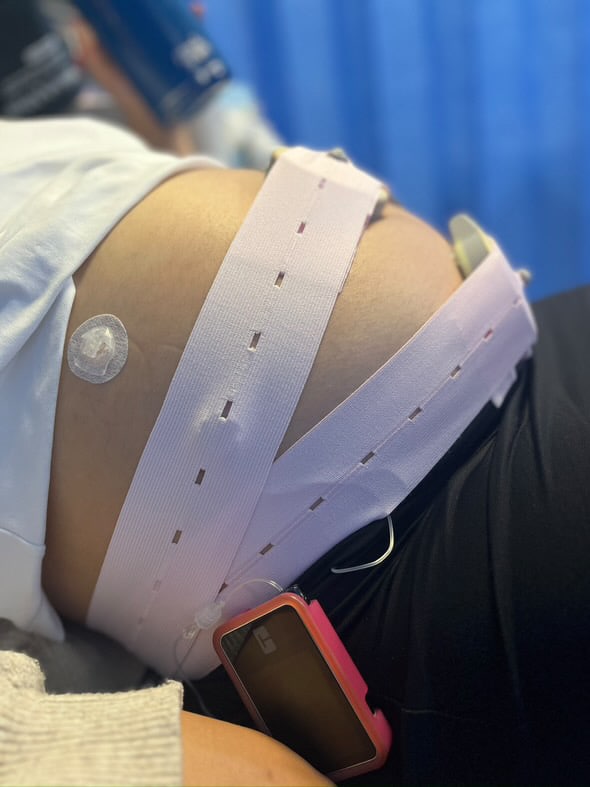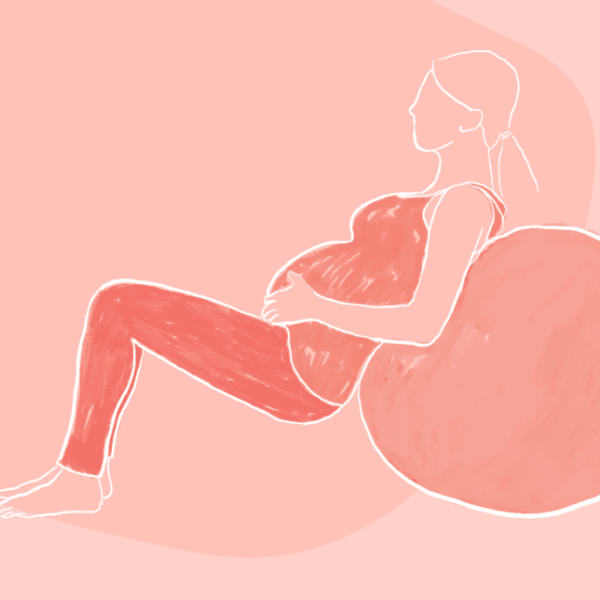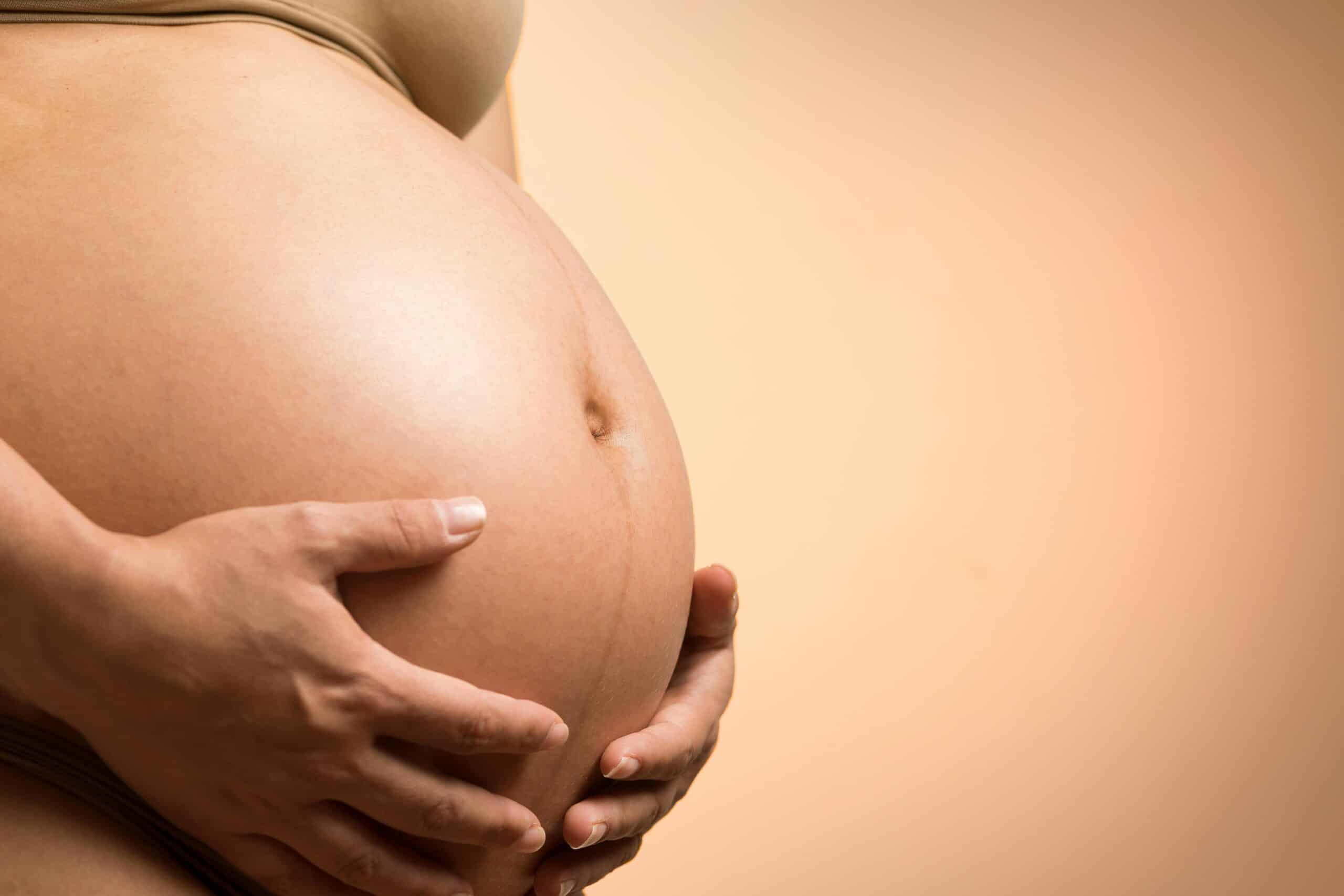Pregnancy What is Precipitous Labour?
What is Precipitous Labour?

Precipitous labour is a very fast/rapid labour. A labour is considered precipitous when it lasts less than three hours from the onset of regular contractions to the birth of the baby.
What is precipitous labour?
Precipitous labour refers to fast labour. Labour is divided into three stages: the first stage which involves the dilation of the cervix, the second stage which involves the birthing of the baby, and the third stage involves the birthing of the placenta. Precipitous labour specifically refers to a very rapid progression through these stages, often completed in less than three hours from the onset of regular contractions to the birth of the baby.
While quick labour may sound like a positive thing, it can present challenges and risks, such as a higher likelihood of tearing for the mother and potential complications for the baby. It’s important for women experiencing precipitous labour to seek prompt medical attention to ensure the well-being of both the mother and the baby.
What are the signs of precipitous labour?
Some signs and symptoms of precipitous labour may include:
Quick Onset of Contractions: Contractions may start suddenly and be very close together from the beginning, with little time between them.
Continuously painful and strong contractions with little to no build-up in intensity level. Traditional labour starts slowly with contractions that gradually increase in intensity.
A sudden urge to bare down and push.
What are the causes of precipitous labour?
The exact cause of precipitous labour is not always clear, and it can vary from case to case. Several factors may contribute to the occurrence of a very fast labour can include:
Multiparity: Women who have given birth multiple times (multiparous women) may experience faster labour, including precipitous labour. This is thought to be due to increased uterine muscle tone from previous pregnancies.
Prior Fast Labours: If a woman has experienced rapid labour in previous pregnancies, she may be more likely to have precipitous labour in subsequent pregnancies.
Proximity to estimated due date: Precipitous labour is more common in the later stages of pregnancy or when a woman is close to her due date. This might be associated with the body being more prepared for labour.
It’s important to note that precipitous labour is relatively rare, occurring in a small percentage of pregnancies. While certain factors may increase the likelihood of precipitous labour, each labour experience is unique, and there may not always be a clear explanation. If there are concerns or if someone suspects they are experiencing precipitous labour, immediate medical attention is crucial to ensure the well-being of both the mother and the baby.
What are the risk factors for precipitous labour?
While precipitous labour is often considered a desirable situation for some women who hope for a quick and efficient birthing process, it can also be associated with certain complications. These complications may arise due to the rapid progression of labour and delivery. Some potential complications of precipitous labour include:
- Trauma to the Birth Canal: The rapid descent of the baby through the birth canal may lead to increased pressure and trauma to the vaginal tissues, potentially causing tears or lacerations.
- Increased Risk of Perineal Trauma: The perineum (the area between the vagina and the anus) may be more prone to tearing during rapid delivery.
- Fetal Distress: The quick pace of labour may lead to changes in fetal heart rate, making it challenging for healthcare providers to monitor the baby’s well-being during the process.
- Postpartum Hemorrhage: Rapid labour can increase the risk of postpartum haemorrhage, as the uterus may not have enough time to contract adequately after childbirth.
- Shock and Exhaustion: The intense and rapid contractions can leave the mother feeling physically and emotionally exhausted, potentially leading to a state of shock.
- Neonatal Complications: The newborn may be at an increased risk of respiratory distress or other complications due to the rapid transition from the intrauterine environment to the external world.
- Difficulty in Monitoring: Healthcare providers may face challenges in monitoring the progress of labour and making timely interventions due to the speed of the process.
- Emotional Impact: Women who experience precipitous labour may feel overwhelmed or unprepared for the rapidity of the birthing process, leading to emotional challenges during and after delivery.
It’s important for women at risk of precipitous labour to discuss their concerns and preferences with their healthcare providers during prenatal care. Adequate prenatal education, communication with healthcare providers, and having a birth plan in place can help manage expectations and mitigate potential complications. Additionally, being aware of the signs of precipitous labour and seeking prompt medical attention can contribute to a safer and more controlled delivery.
Categories
Related Products
-
The Birth Class
108 reviews$249.00The empowering online childbirth education program that will help you confidently prepare for birth.
Get your copy of our Perineal Massage Guide in your inbox
Keep Reading
We think you might enjoy these articles

Pre-existing Diabetes and Pregnancy: What You Need to Know

Harnessing the Power of Acupressure: A Natural Approach to Preparing for Birth

Thoughtful Christmas Gifts for your Pregnant Friend.

What is Pre-eclampsia?

Non-invasive Prenatal Testing (NIPT)
@AustralianBirthStories
Follow along with us
@AustralianBirthStories
Follow along with us
@AustralianBirthStories
Follow along with us
@AustralianBirthStories
Follow along with us
@AustralianBirthStories
Follow along with us
@AustralianBirthStories
Follow along with us
@AustralianBirthStories
Follow along with us
@AustralianBirthStories
Follow along with us
@AustralianBirthStories
Follow along with us
@AustralianBirthStories
Follow along with us
@AustralianBirthStories
Follow along with us
@AustralianBirthStories
Follow along with us





